Permanent Commission for the South Pacific and Island Conservation Sign MOU to Protect Marine and Coastal Areas in the Southeast Pacific (CPPS)
This historic agreement aims to protect the marine and coastal areas of the Southeast Pacific.
Our 2024 Impact Report is live!
Published on
March 13, 2019
Written by
stephanie
Photo credit
stephanie

Conservation havens are saving Australia’s species. So much so, that 13 mammal extinctions have been prevented in Australia so far by using invasive-free areas. These havens are incredibly important considering Australia has the highest recorded rate of mammal extinction in modern times, which is largely due to the presence of feral cats and invasive foxes.
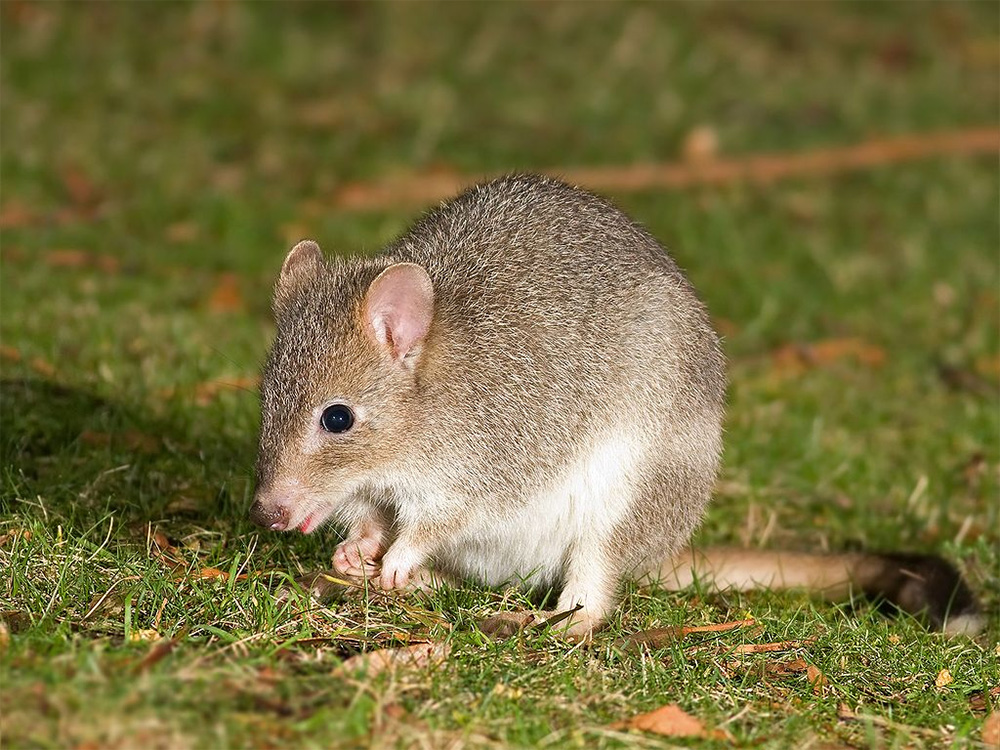
To see how effective these efforts have been, the Threatened Species Recovery Hub that carried out the audit consisted of 28 scientists and conservation managers as well as government NGO’s and conservation agencies. Professor Sarah Legge of University of Queensland was part of the team and highlighted the importance of focusing on creating havens to assist in reducing the impact of feral cats and invasive foxes on native wildlife:
Since the 1980s additional havens have been created in Australia by [removing] feral animals from islands or from within large fenced areas on the mainland, and threatened animals have been moved to these havens to put them out of reach of introduced predators. As of early 2018, we had 101 island havens covering 2152 square kilometres and 17 fenced havens covering 346 square kilometres.”
In the future, however, it will be important to think deliberately about the locations of new havens as well as which species should be included within them. Many species have already been protected by the chosen locations of havens, but a number are still at risk. Researcher Dr. Jeremy Ringma explained:
The review revealed that while more than half of the mammal species in Australia that are vulnerable to cats and foxes have the protection of being in a haven, 29 species are not yet in a single haven.”
A marvelous achievement for wildlife restoration, havens are protecting native wildlife across Australia, and can function as a beacon of hope for other parts of the world suffering from similar challenges.
Source: Phys.org
Featured photo: Frankland Islands Credit: Matthew Kenrick
Check out other journal entries we think you might be interested in.
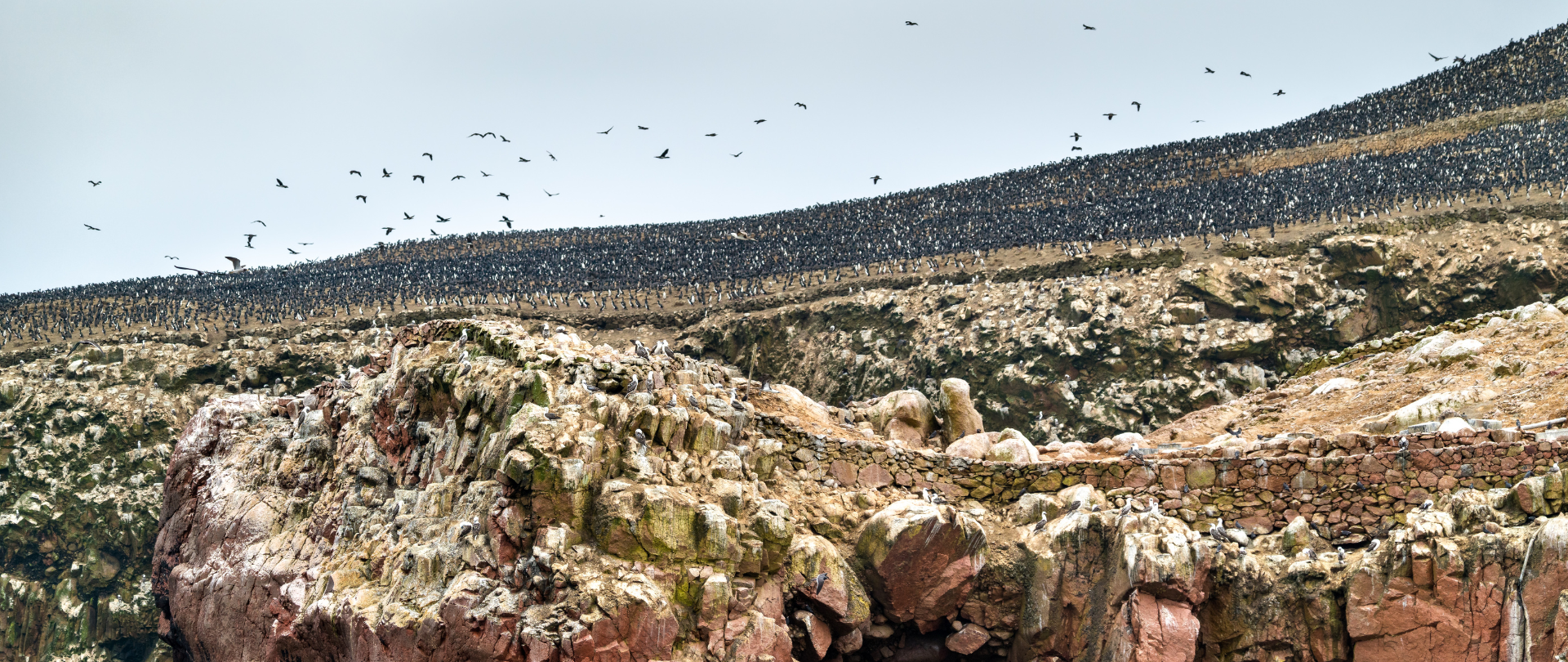
This historic agreement aims to protect the marine and coastal areas of the Southeast Pacific.
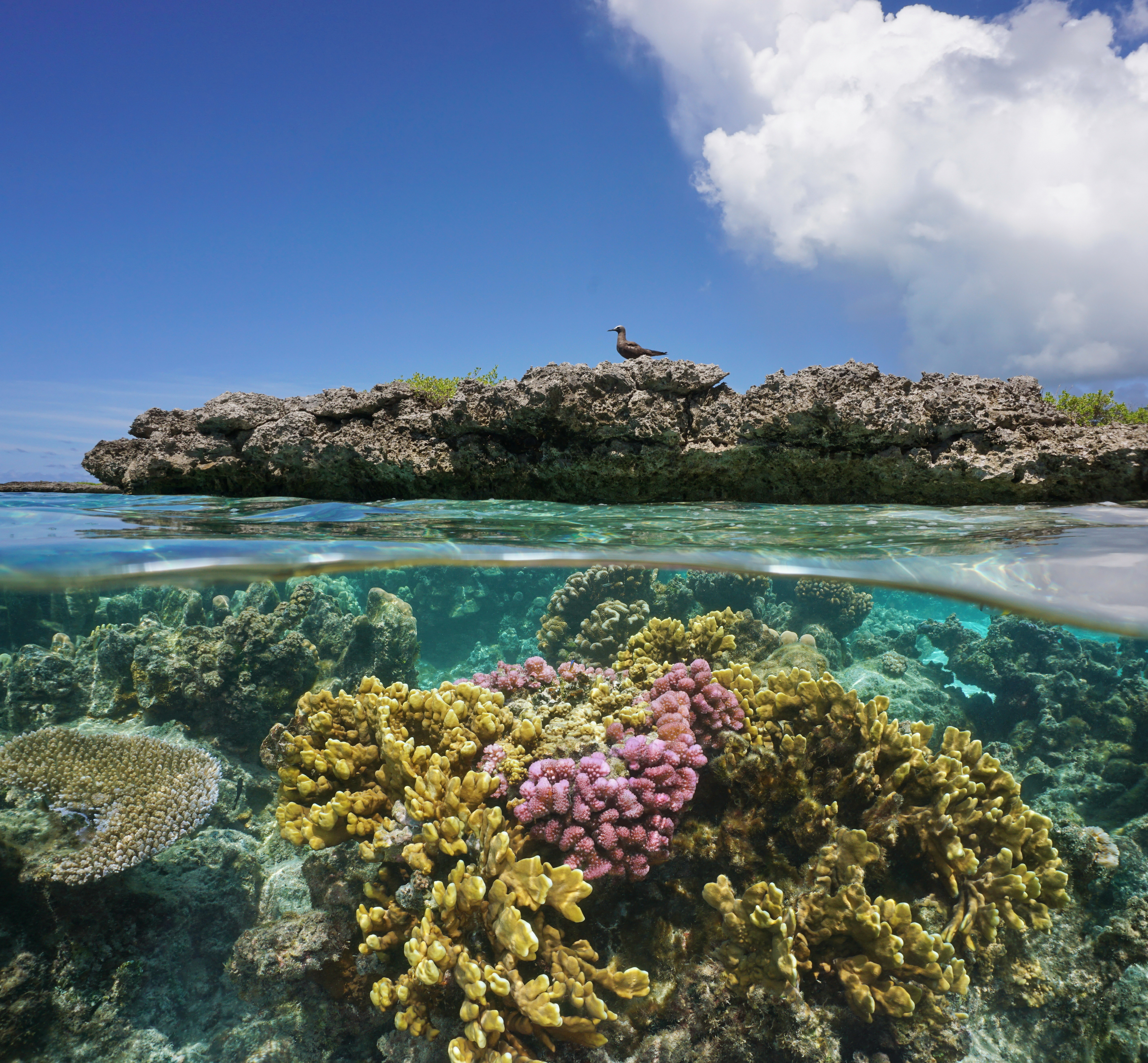
Our projects to restore key islets in Nukufetau Atoll forecast climate resilience and community benefits in Tuvalu!
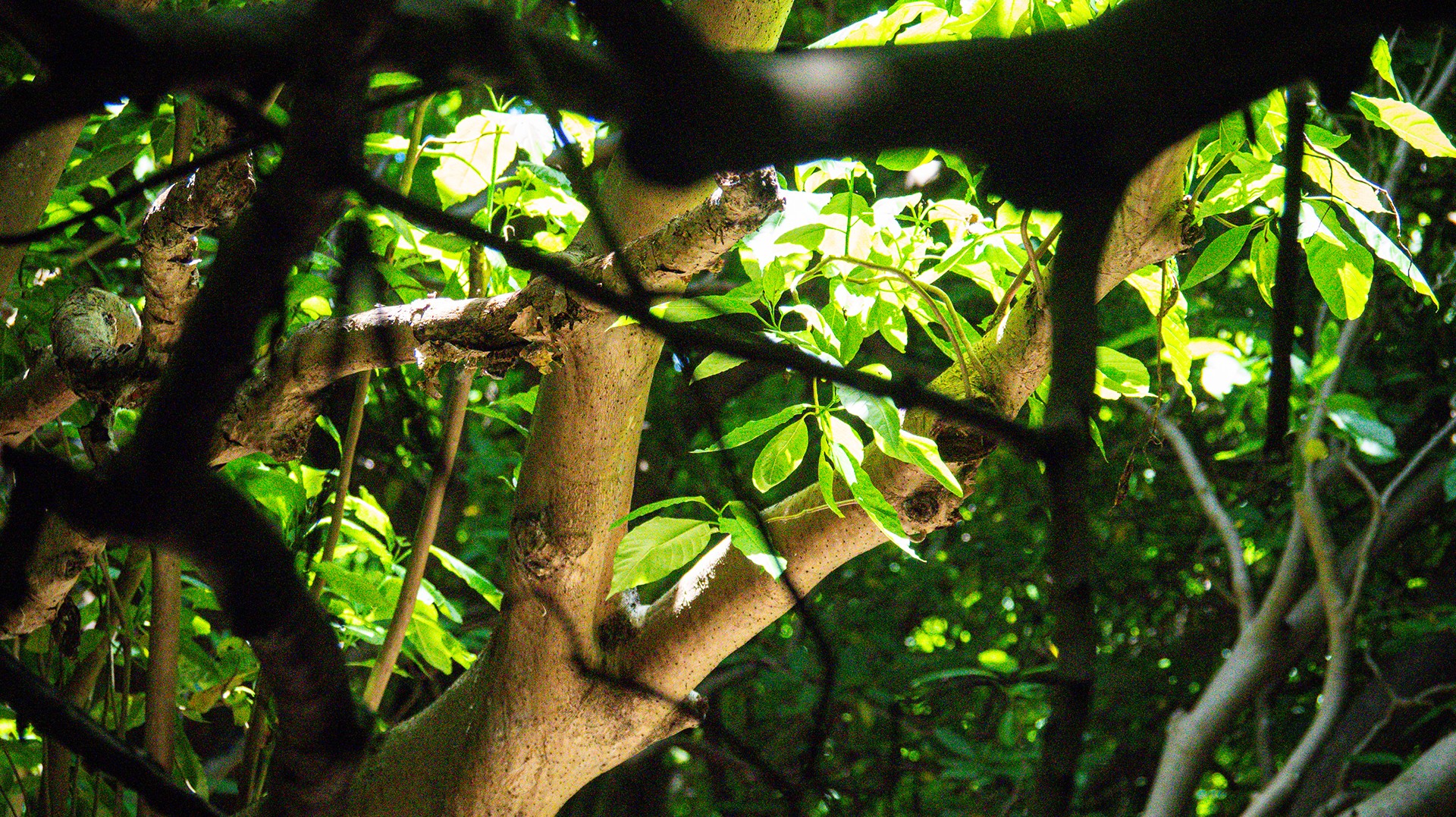
Island Conservation and partners have published a new paper quantifying ecosystem resilience on restored islands!
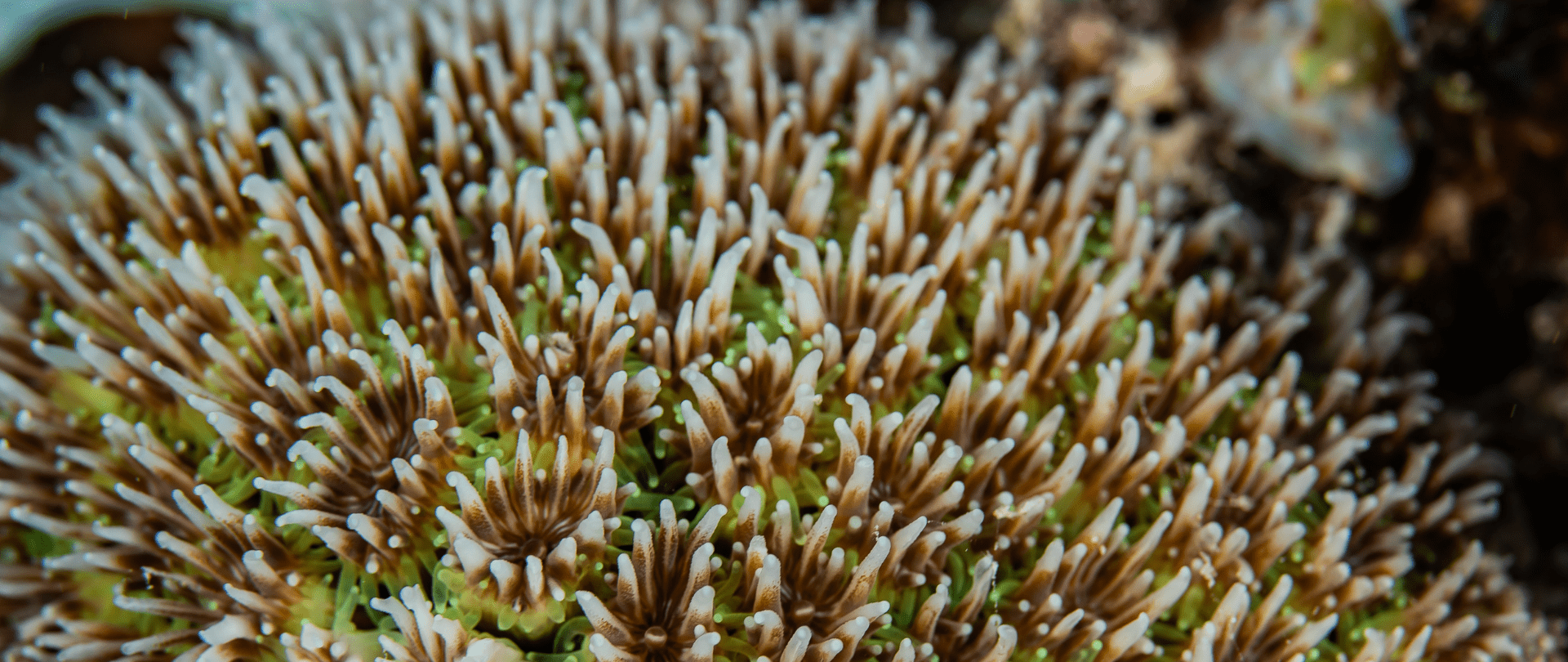
Climate Week NYC: what is it and why is it important? Read on to find out why Island Conservation is attending this amazing event!
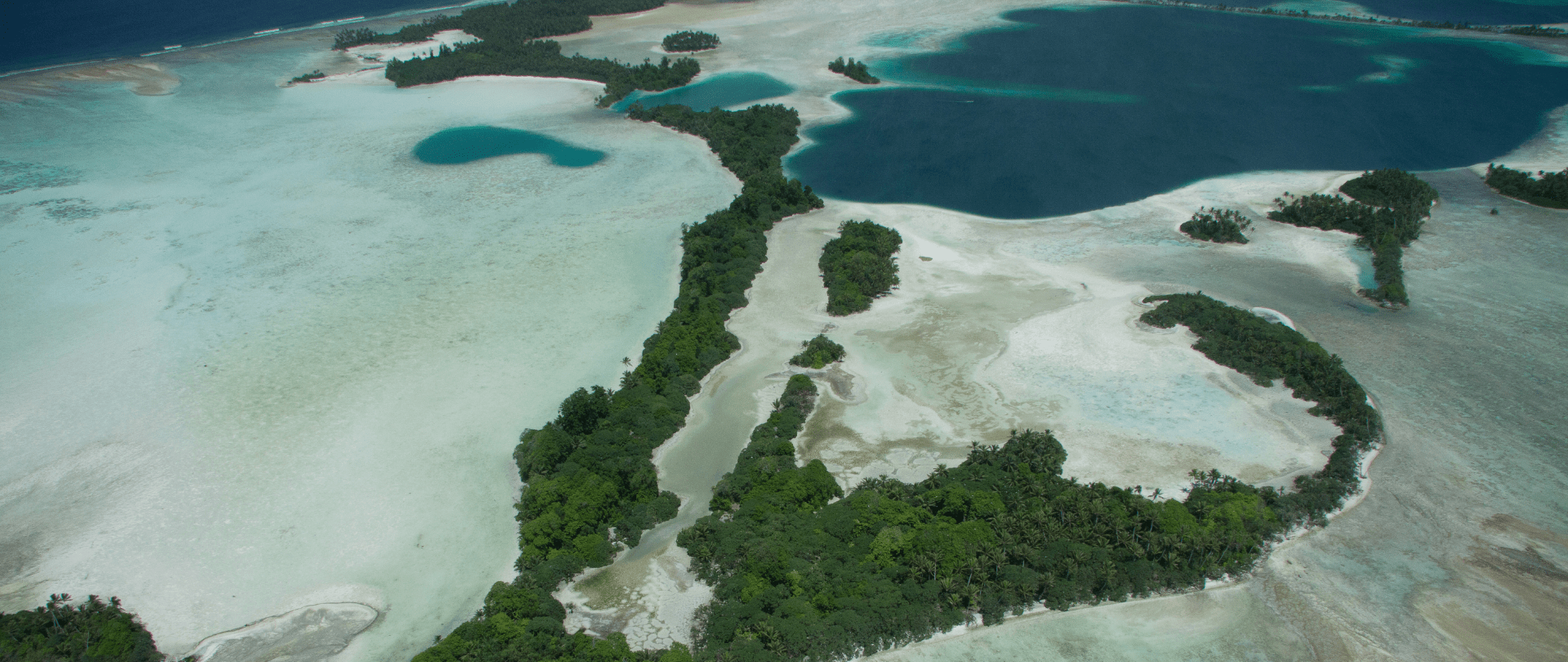
With sea levels on the rise, how are the coastlines of islands transforming? Read on to find out how dynamic islands really are!
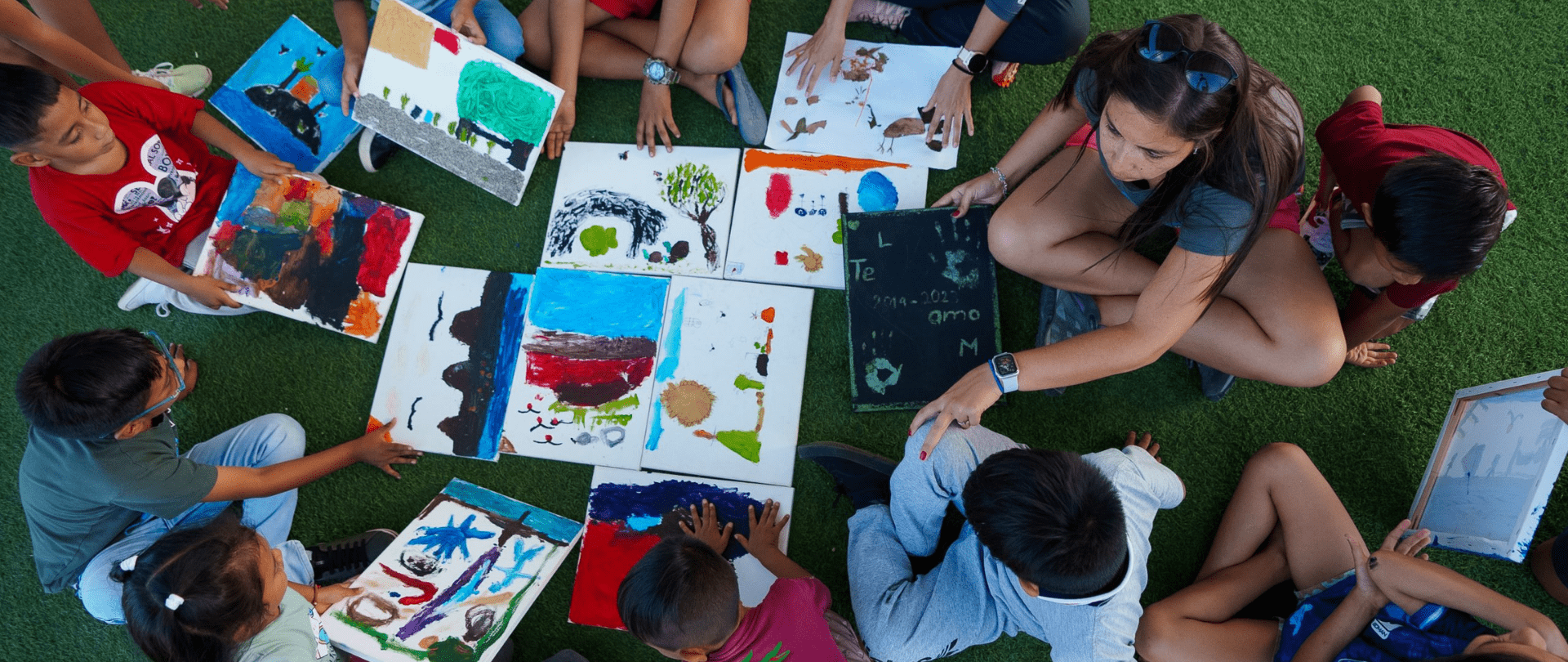
Join us in celebrating the most amazing sights from around the world by checking out these fantastic conservation photos!
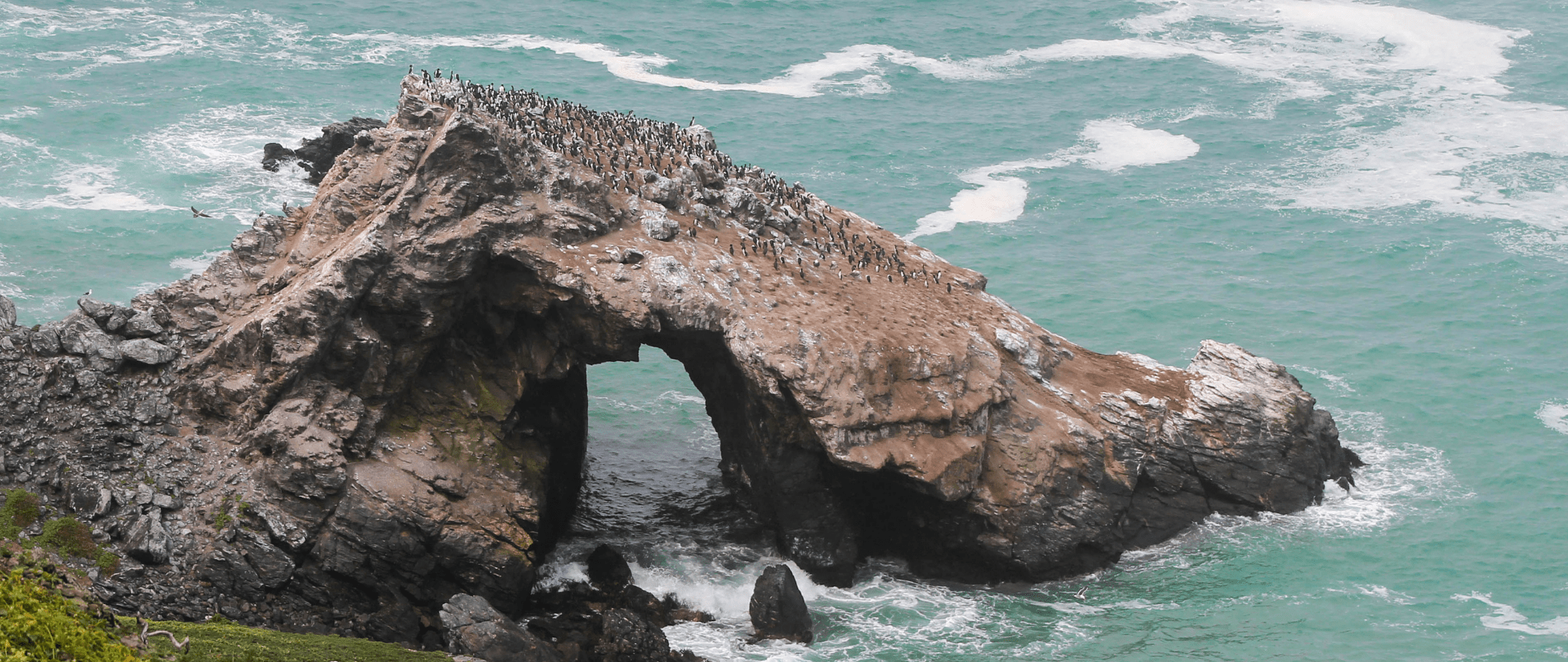
Rare will support the effort to restore island-ocean ecosystems by engaging the Coastal 500 network of local leaders in safeguarding biodiversity (Arlington, VA, USA) Today, international conservation organization Rare announced it has joined the Island-Ocean Connection Challenge (IOCC), a global effort to…
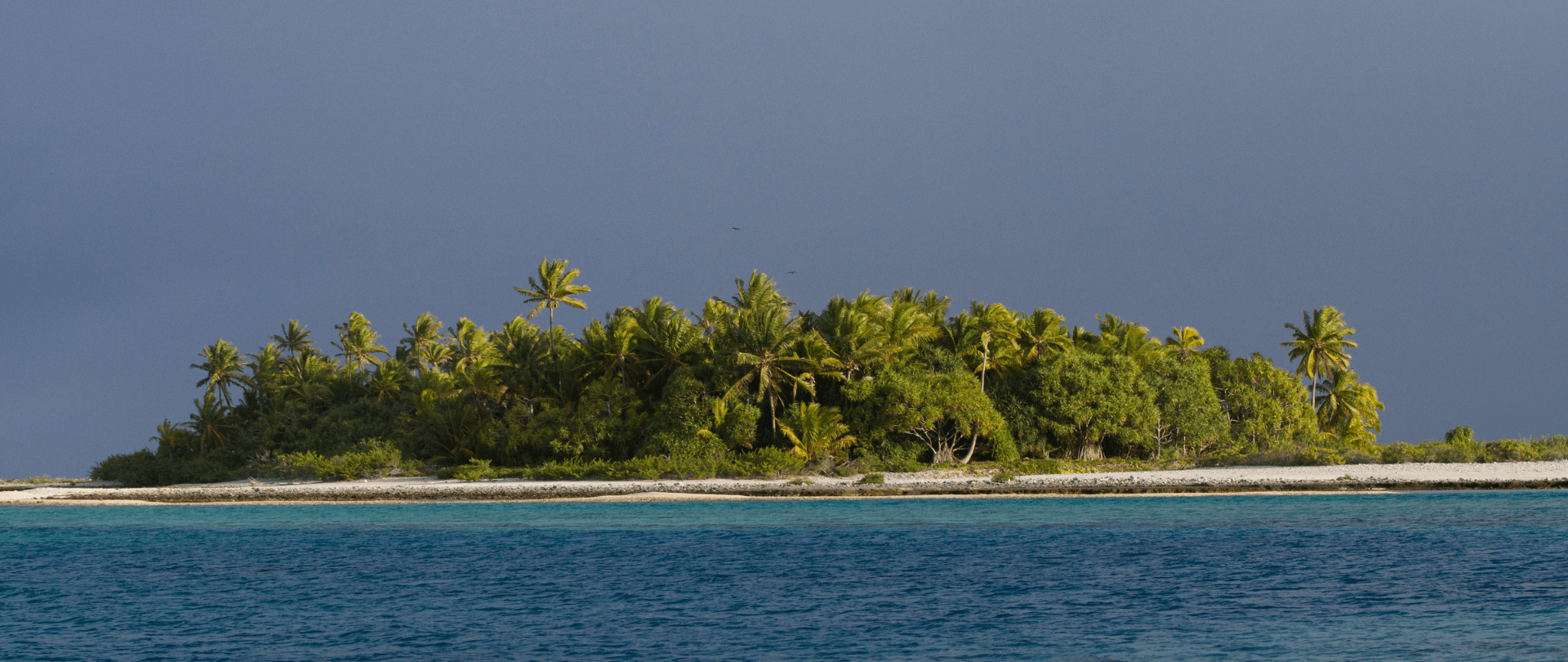
Island Conservation accepts cryptocurrency donations. Make an impact using your digital wallet today!
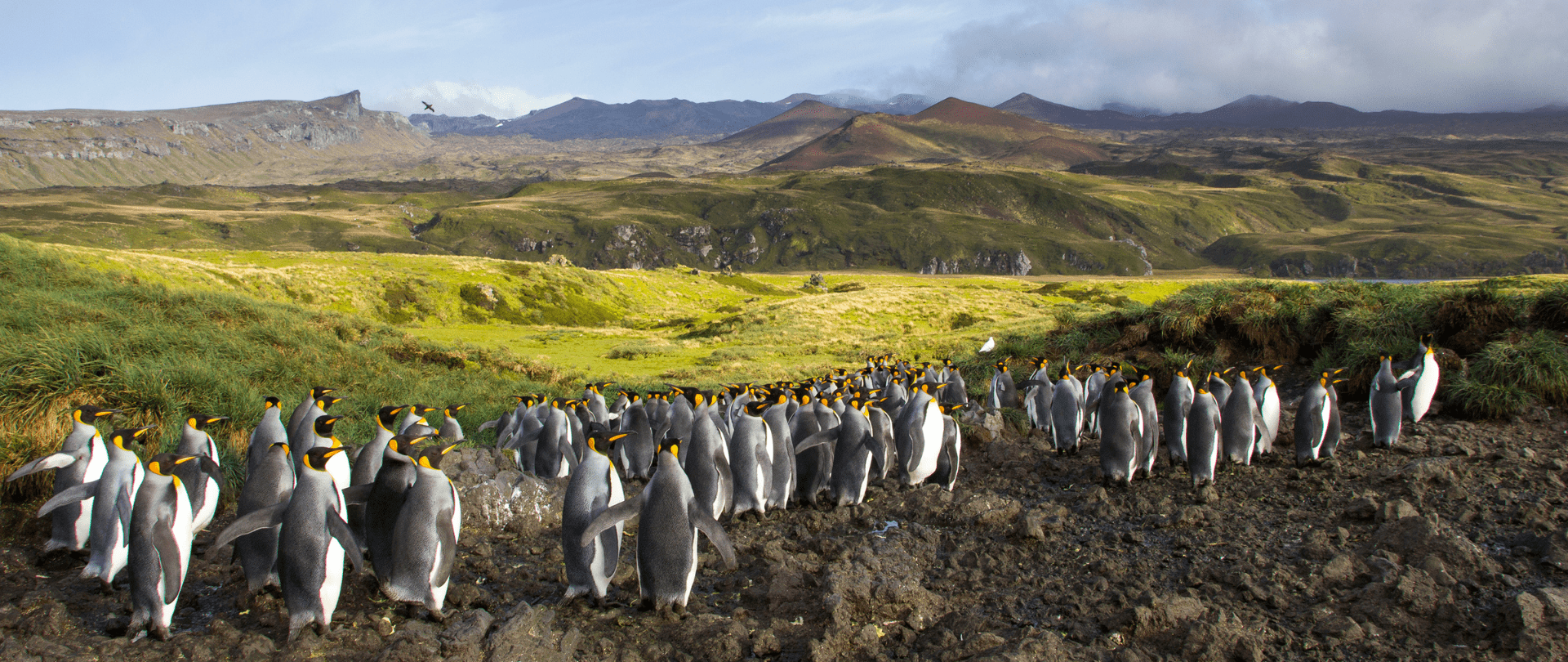
For Immediate Release Conservation powerhouse BirdLife South Africa has joined the Island-Ocean Connection Challenge (IOCC) – a global initiative aiming to restore, rewild and protect islands, oceans and communities – to support its work to save internationally significant albatross populations…
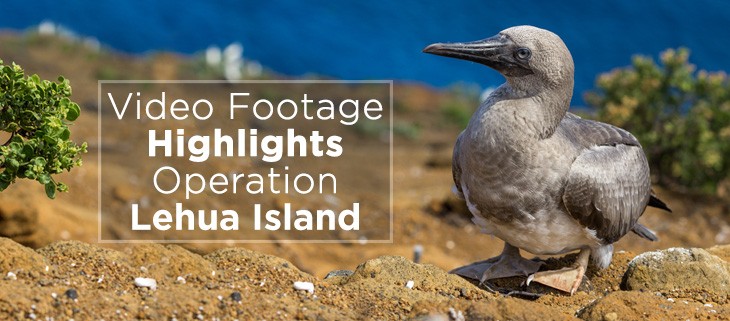
Video captures insights and hopes from the partners who are working to restore Lehua Island, Hawai’i. In 2021, Lehua Island officially became free from the threat of invasive rodents. This is a huge accomplishment that has enriched the region’s biodiversity…